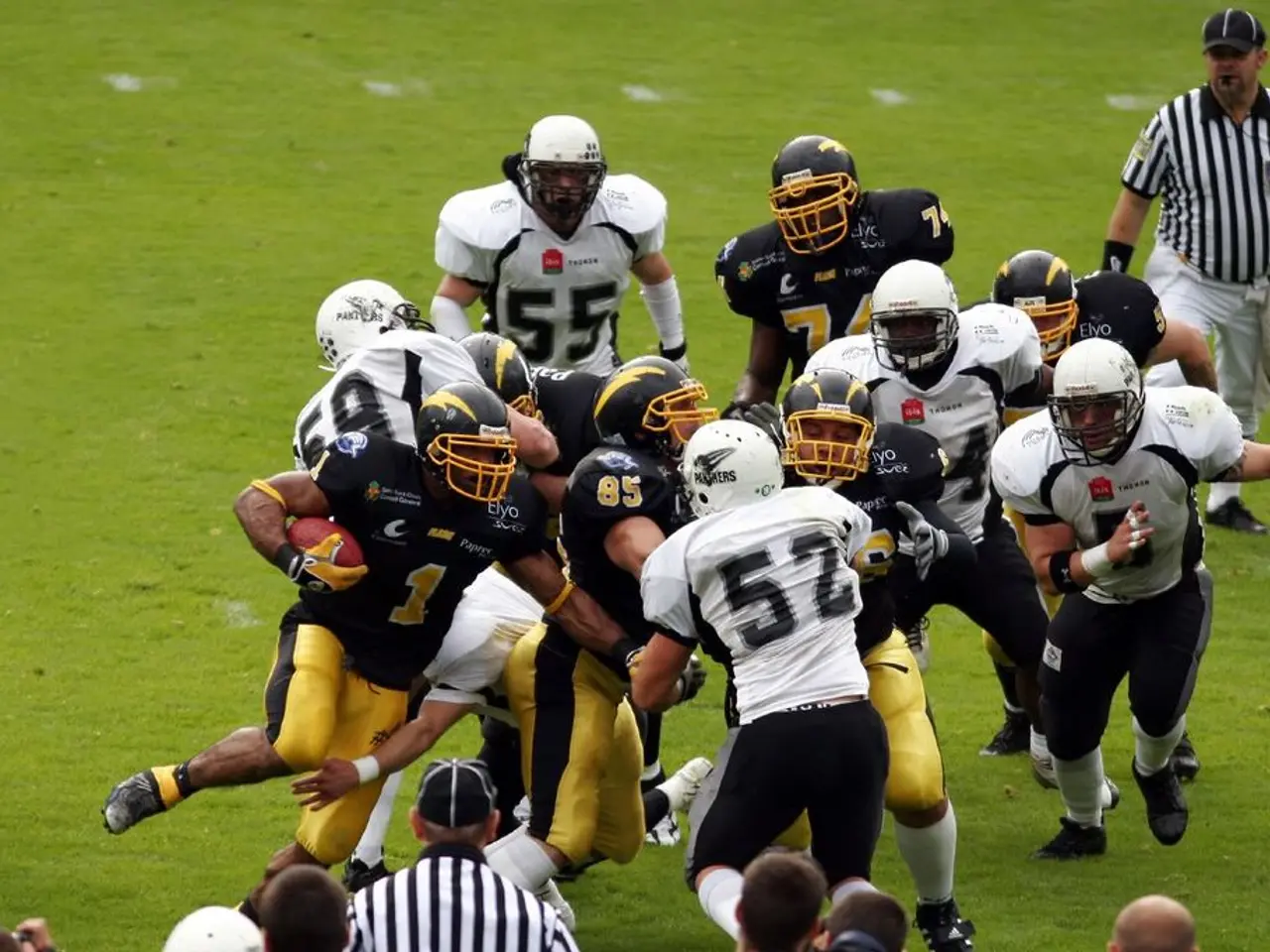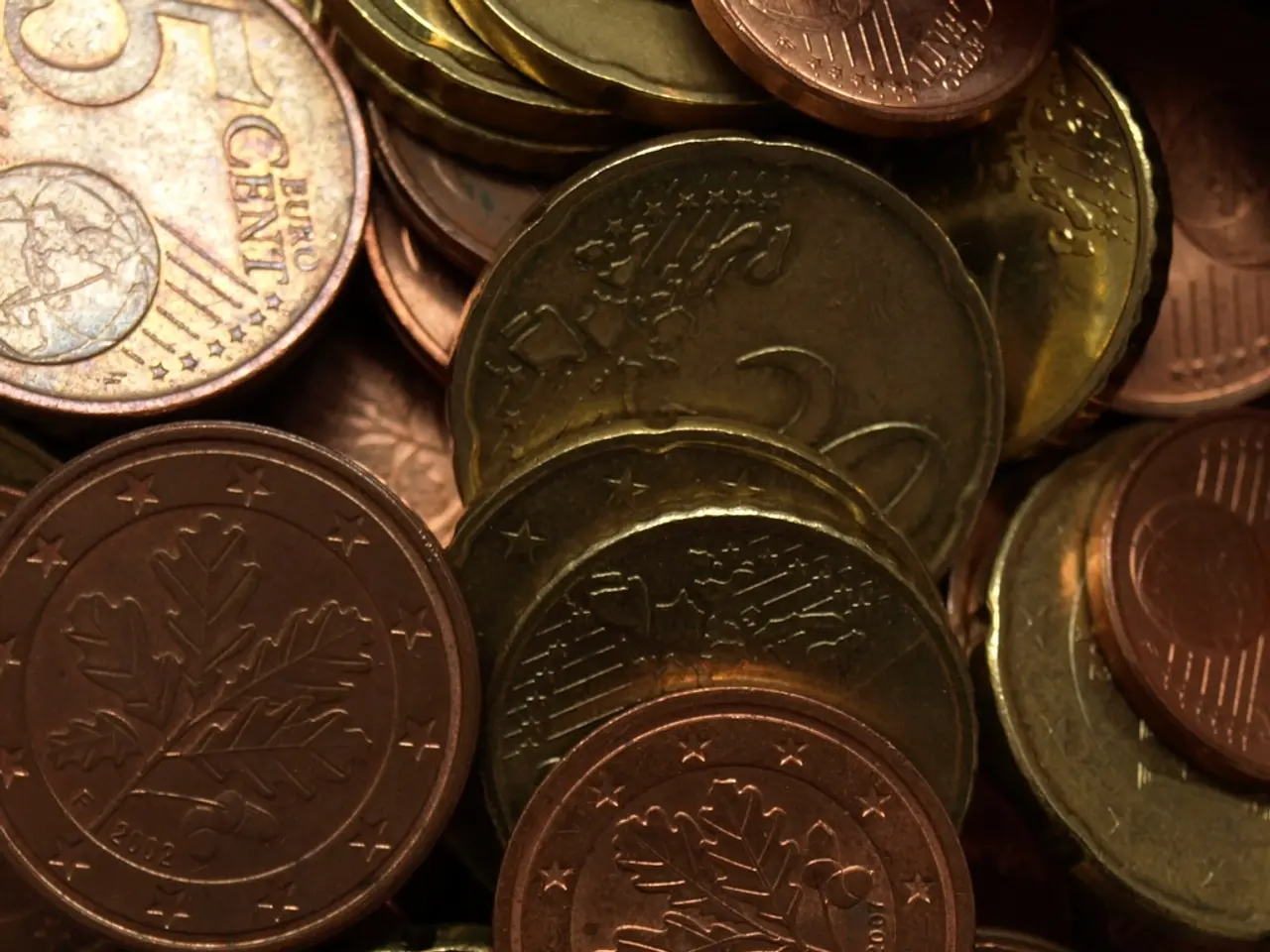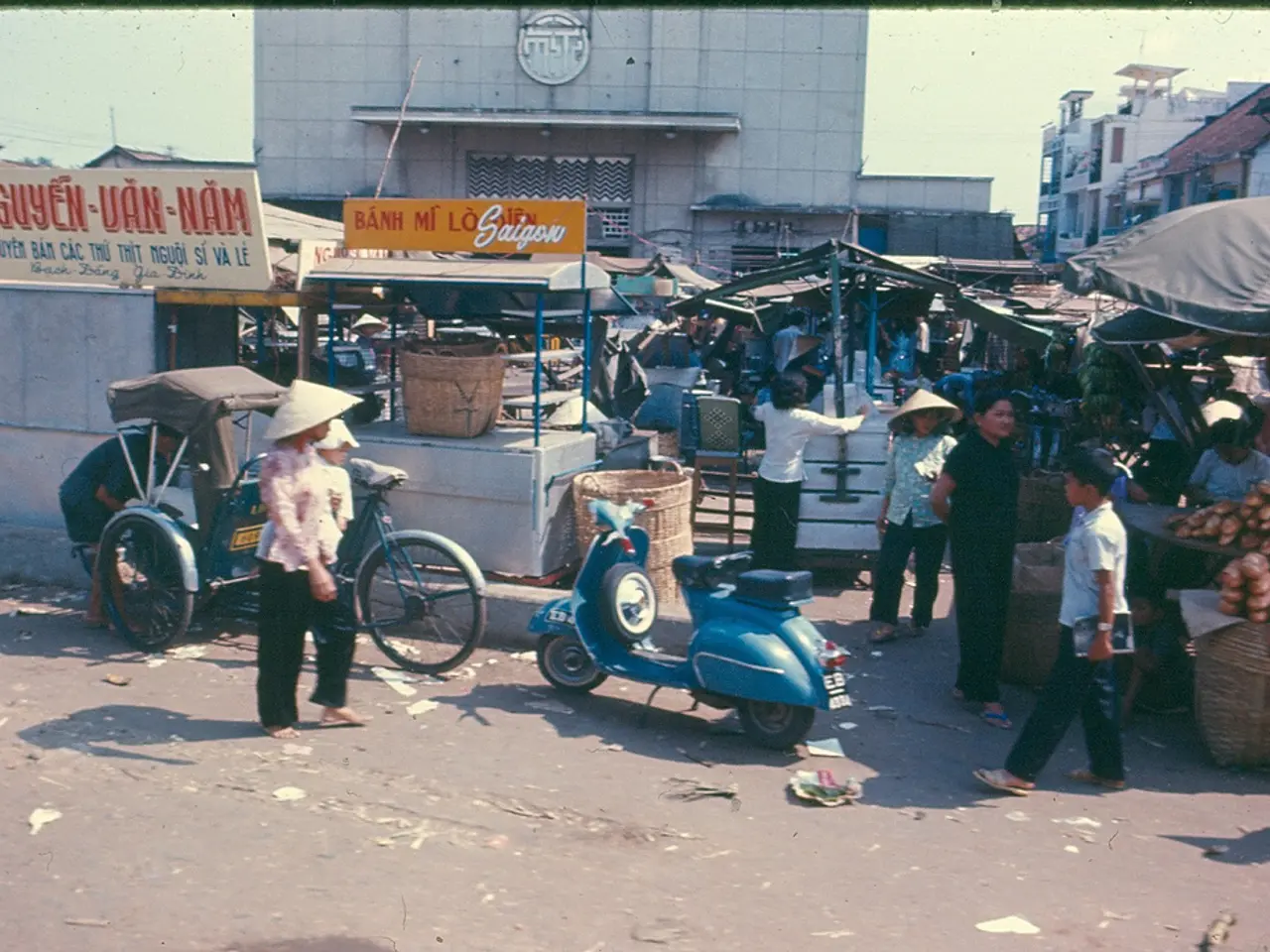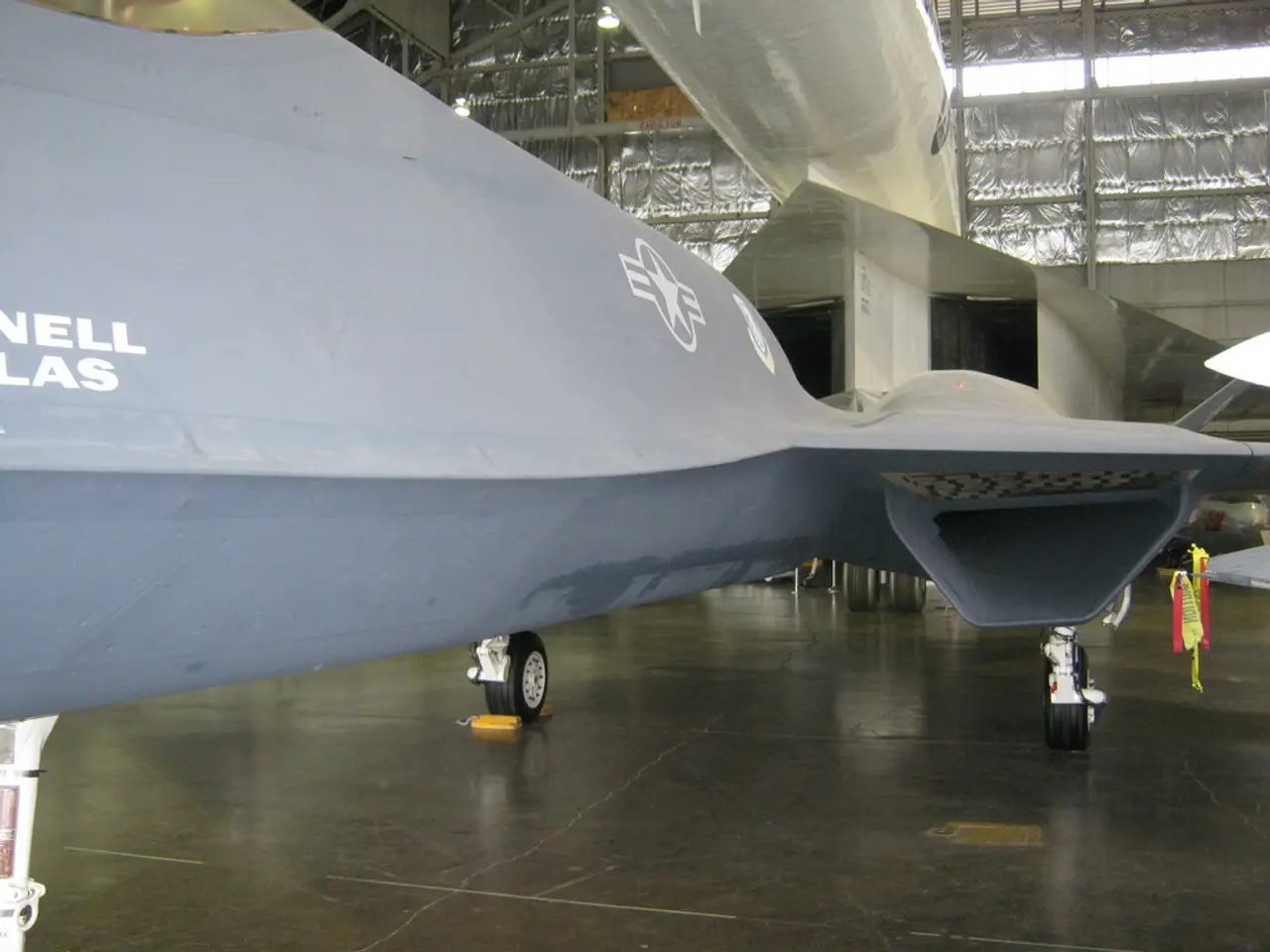Football Rivalries: Every NFL Team Manages its own Million-Dollar Mathematical Equations
In a significant shift for the National Football League (NFL), Minnesota, Detroit, and New York have recently scrapped their slit film turf fields, making it the first time in history that there are no 100% slit film fields left in the league. This decision, along with others, reflects the ongoing debate about the merits of natural grass and artificial turf for NFL stadium surfaces.
One team at the forefront of this debate is the Carolina Panthers. After switching to artificial turf in 2021 due to the volume of events at their stadium, they installed a temporary grass field in July 2022 for a soccer exhibition. However, the decision to switch to artificial turf drew ire from players on the team and visiting teams, with concerns about player safety being a primary factor.
The union argues that the rate of non-contact and lower extremity injuries is statistically higher on slit film artificial turf fields. In fact, stats show that players suffer significantly higher rates of non-contact lower extremity injuries on artificial turf compared to natural grass. These data have motivated the NFL Players Association (NFLPA) to advocate strongly for universal natural grass surfaces in the league, emphasizing player health as a primary factor.
While the costs to install and maintain grass vs. artificial turf are not materially different, grass deteriorates at a faster rate if there are other events on the surface, such as other sports or concerts. This is a concern for teams hosting multiple events, such as the MLS season, which will be completed by December, and Mercedes-Benz Stadium, which will host three Falcons games, the SEC championship, the Peach Bowl, Cricket Celebration Bowl, three days of high school football games, and 4,000 Delta employees on the field for a Christmas party.
On the other hand, artificial turf surfaces require less maintenance than natural grass, making them a practical choice for stadiums with poor sunlight exposure or in cold-weather cities where growing natural grass is challenging. The Miami Dolphins, for instance, developed a sod farm to better control the quality and change the field on short notice, saving nearly $1 million in shipping costs compared to their previous two field sources.
The Denver Broncos, led by Walmart's Walton family, believe that grass is best for them and are willing to spend money to ensure player health and safety. They replaced the entire surface of their stadium's grass field for the final game of the 2022 season, at a cost of approximately $400,000.
Money is indeed a big component in the decision of whether to use natural grass or artificial turf. Teams generated more than $500 million in profit last year from non-NFL events, with Taylor Swift's concerts accounting for a significant portion. As a result, owners have different financial tolerances and obligations.
As of the 2023 season, 17 NFL teams will play home games on artificial turf, and 15 will play on natural grass, including the Green Bay Packers, who play on a hybrid field. The decision to replace the field was made due to concerns about the quality of the grass, as players were slipping and chunks of grass were coming up when they cut.
The NFL and the NFL Players Association (NFLPA) are collaborating to create a league-wide standard for surfaces, but they continue to disagree on whether artificial turf leads to more injuries. The move by the Denver Broncos is a notable chapter in the growing debate over natural grass vs. artificial turf in the NFL.
Sources: [1] https://www.nfl.com/news/nfl-players-association-advocates-for-natural-grass-surfaces-in-the-league [2] https://www.si.com/more-sports/2021/06/03/nfl-stadiums-natural-grass-artificial-turf-advantages-disadvantages [3] https://www.espn.com/nfl/story/_/id/33778536/nfl-teams-debate-natural-grass-artificial-turf-fields [4] https://www.washingtonpost.com/sports/2021/06/02/nfl-natural-grass-artificial-turf-debate/
- The ongoing debate about the NFL's stadium surfaces includes the analysis of team valuations as the costs to install and maintain both natural grass and artificial turf are significant factors in this discussion.
- People involved in football, such as players and officials, have expressed concerns about player safety in relation to the choice of field surfaces, with the union arguing that non-contact and lower extremity injuries are statistically higher on slit film artificial turf fields.
- Finance plays a crucial role in this debate as teams generate a substantial amount of profit from non-NFL events, making owners' financial tolerances and obligations essential factors in deciding whether to use natural grass or artificial turf.
- Investing in maintaining high-quality natural grass fields can be costly, as seen with the Denver Broncos spent approximately $400,000 to replace their grass field, while artificial turf requires less maintenance and may be a practical choice for stadiums with poor sunlight exposure or in cold-weather cities.
- The NFL and the NFL Players Association (NFLPA) are working together to establish a league-wide standard for surfaces, but their stance on the safety implications of artificial turf remains a divisive topic in the sports business world, underscoring the importance of further analysis and discussion in the industry.






